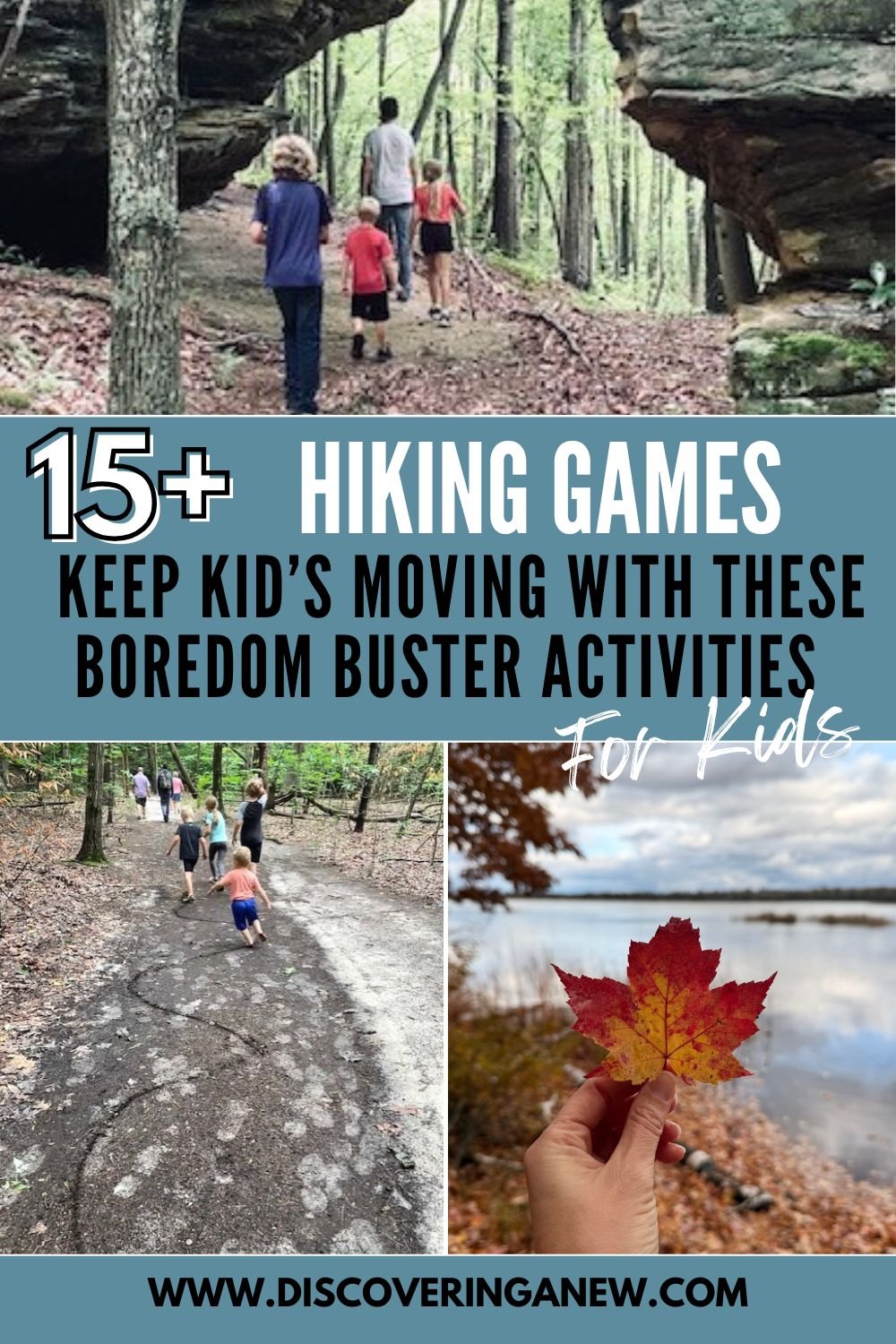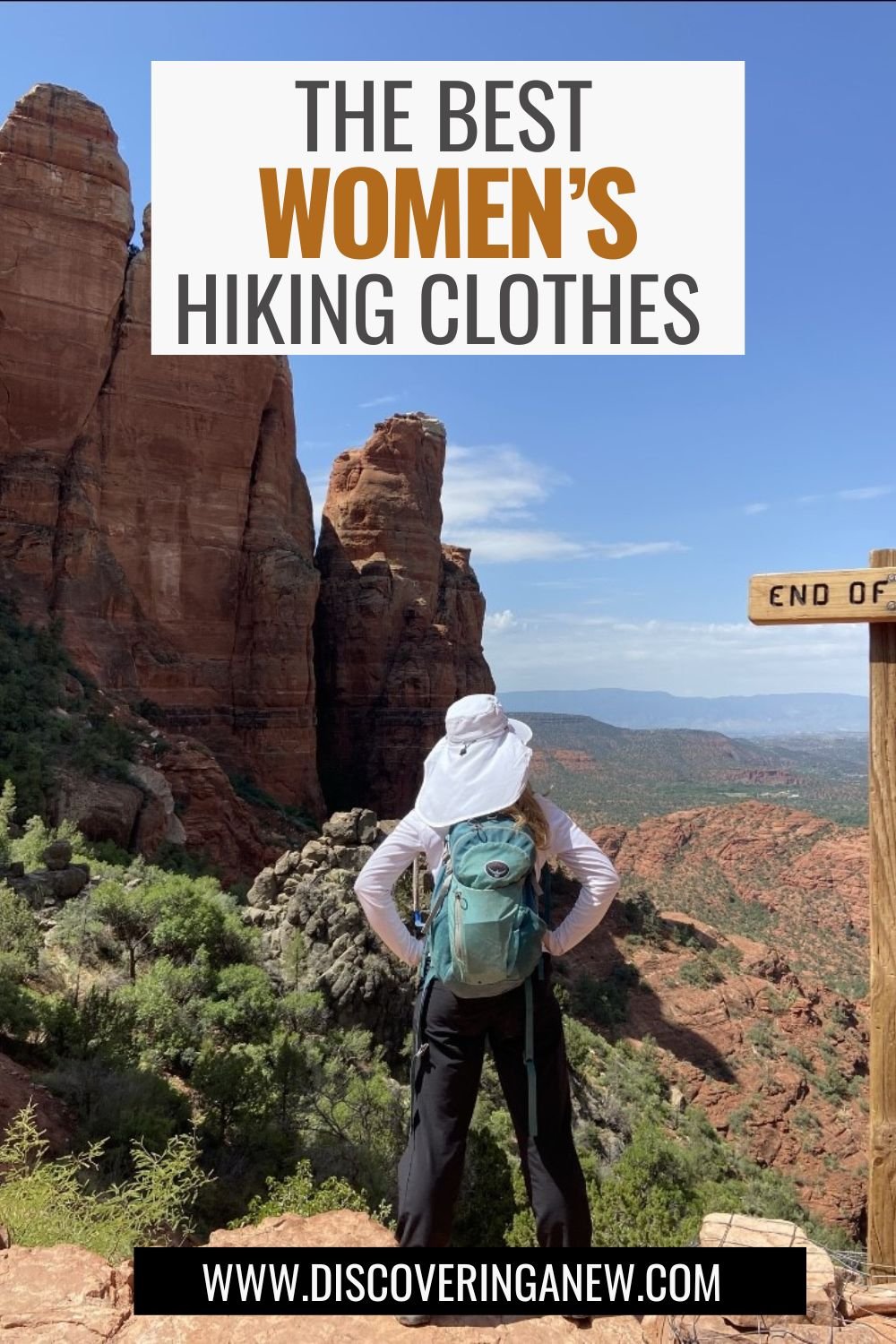Geocaching vs. Letterboxing: What’s the Difference?
Discover the Difference Between Geocaching & Letterboxing
If you love the thrill of a treasure hunt and appreciate time outdoors, there’s a good chance you’ll love geocaching and letterboxing. Both activities combine exploration, adventure, and mystery—but while they might seem similar on the surface, they have distinct histories, tools, and communities. Let's break them down so you understand the difference and chose the one that is right for you!
What Is Geocaching?
Geocaching is a high-tech treasure hunt using GPS devices or smartphone apps. Participants, called geocachers, use GPS coordinates to locate hidden containers, known as geocaches or caches. The containers can range in size from micro to large and are hidden all over the world.
Sign the Log Book
How It Works:
A cache is hidden in a specific location(usually a waterproof container with a logbook and sometimes even small trinkets).
The hider lists the cache on a geocaching website or app, including GPS coordinates and a brief description.
Seekers access the app or a GPS device to navigate to the specified spot containing the cache.
Once found, the participants sign the logbook, optionally trade items, and then record their find online.
Some Geocaches have Trinkets to Trade
Tools Needed:
A GPS device or smartphone
Geocaching app (like Geocaching® by Groundspeak)
Pen (to sign logbooks)
Caches Range in Size
Caches are given a size rating from mini, small, regular and large. We’ve found capsules as small as our finger to large ones that are permanent parts of the landscape, such as this unique faux tombstone found in a cemetery. Most are about the size of a plastic container- close to the size of a shoebox.
Fun Facts:
There are millions of active geocaches, spanning over 190 countries!
Dave Ulmer is credited with hiding the first cache. Who new that on May 3, 2000, Dave’s hidden bucket would begin a passion for so many treasure hunting enthusiasts and the official start of new hobby.
The first hidden cache was in a wooded area near Beavercreek, Oregon.
What Is Letterboxing?
Letterboxing is a hobby that mixes art, storytelling, and treasure hunting. Instead of GPS coordinates, seekers follow clues and puzzles to locate hidden boxes. Each box contains a logbook and a rubber stamp (often hand-carved).
How It Works:
First a letterbox is hidden and the owner writes clues to help others find it.
The unique clues are posted on websites or shared with others through letterboxing clubs.
Participants use the given clues to track down the box.
Once found, the seekers will stamp their personal logbook with the box's stamp and in turn leave their own stamp in the box's logbook.
Personalize stamp
Tools Needed:
Clue sheets
A rubber stamp (your own personal signature stamp)
An ink pad
Your own individual logbook
Artistic Twist:
Some letterboxers hand-carve to create their own one-of-a-kind stamps, making the hobby feel like part adventure, part art project. Check out Letterboxing North America for more information.
Key Differences at a Glance
In summary the main differences include:
Geocaching is GPS-based treasure hunt with a logbook.
Letterboxing is clue-based and often includes custom rubber stamps.
Which One’s Right for You?
If you are techy, enjoy maps or global adventures then Geocaching might be your thing.
If you enjoy solving riddles, being creative, and adding your own personal touches then try letterboxing.
But honestly, why choose? It’s ideal for both children and adults and many outdoor enthusiasts enjoy both.
Tips for a Smooth Experience
Make sure to be discreet when searching and finding caches or letterboxes, especially in high traffic areas.
Always return containers to their original location.
If you want to be creative come up with your own geocache or letterbox.
Remember it’s all about the journey, so have fun!
Final Thoughts
Whether you're out geocaching with your phone’s GPS or deciphering a letterboxing riddle on a forest trail, both hobbies offer a rewarding opportunity to explore the world around you. Plus, it's a great excuse to get your family outside, discover new places in your community, and perhaps make some friends along the way.
So grab your kids, your gear and start your next treasure hunt—adventure is waiting just around the corner!
Don’t forget to Pin and Save this post and follow Discovering Anew for more family travel, vacation guides, and camping recommendations. If this content was helpful, please share it with a friend. Happy Trails!
You May Also Like
Hiking Games & Activities on the Trail
Hiking with Kids: Tips & Packing List
Best Places to Camp for the 4th of July
15 Things to do with Kids in Sleeping Bear Dunes National Lakeshore










